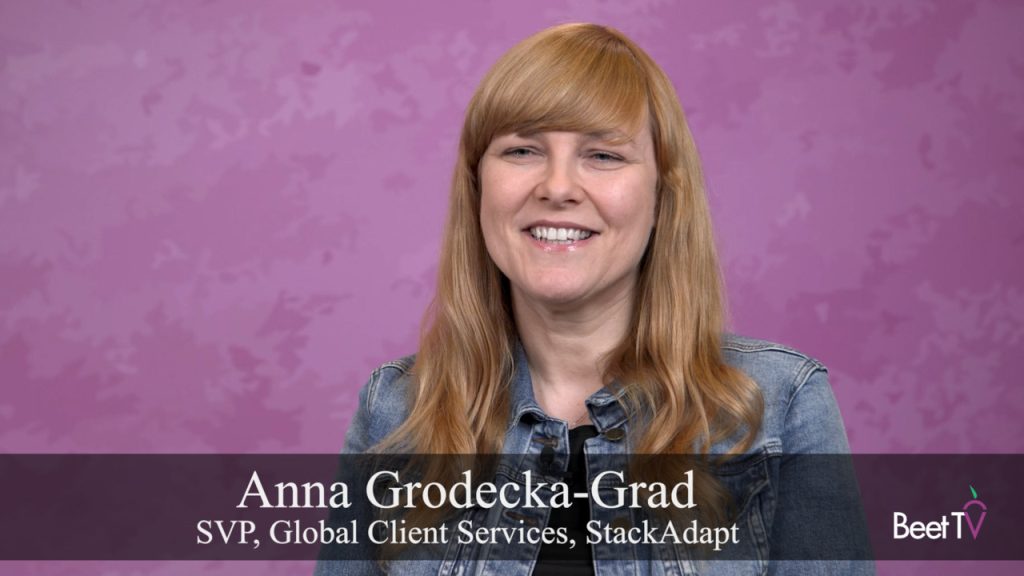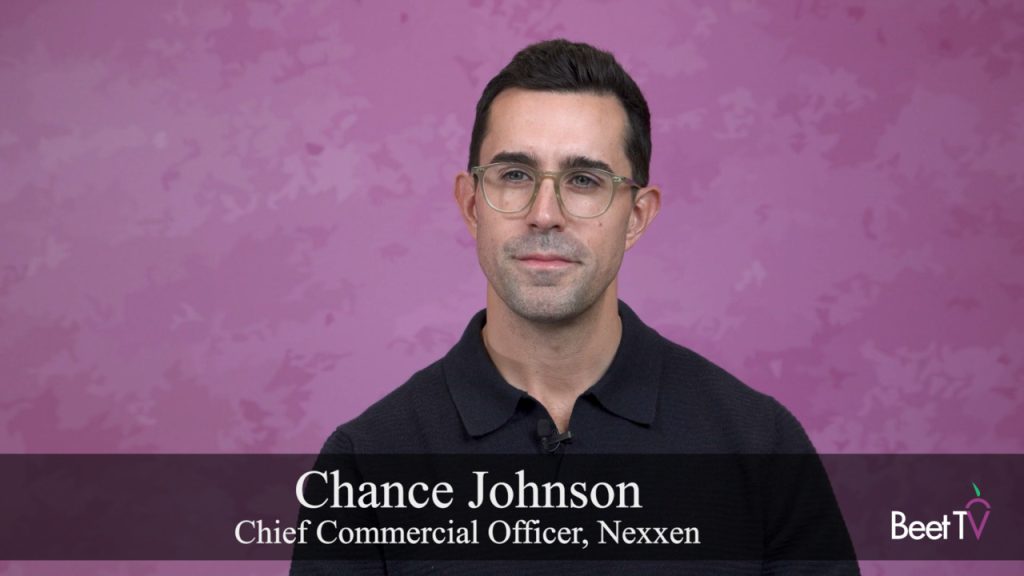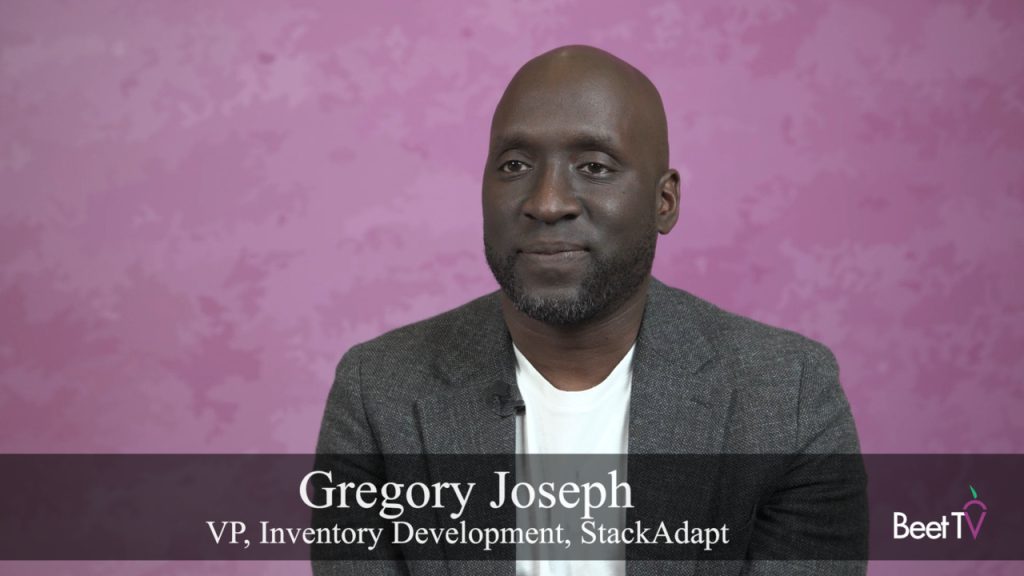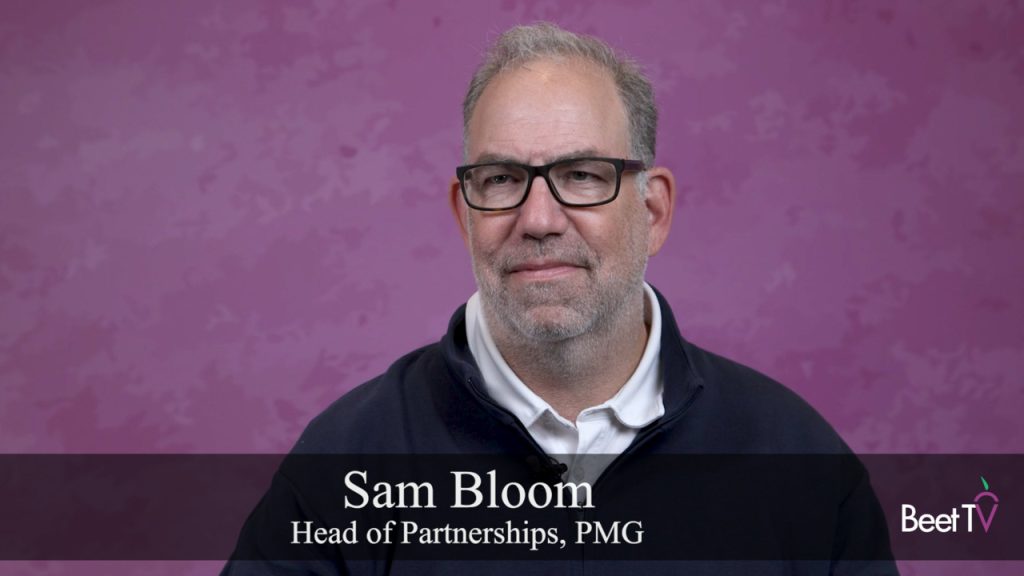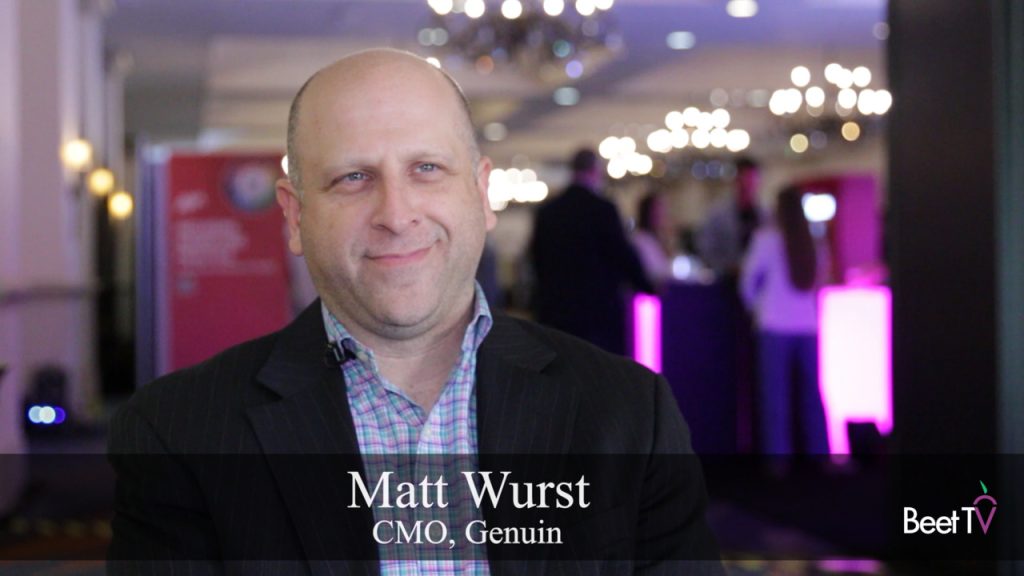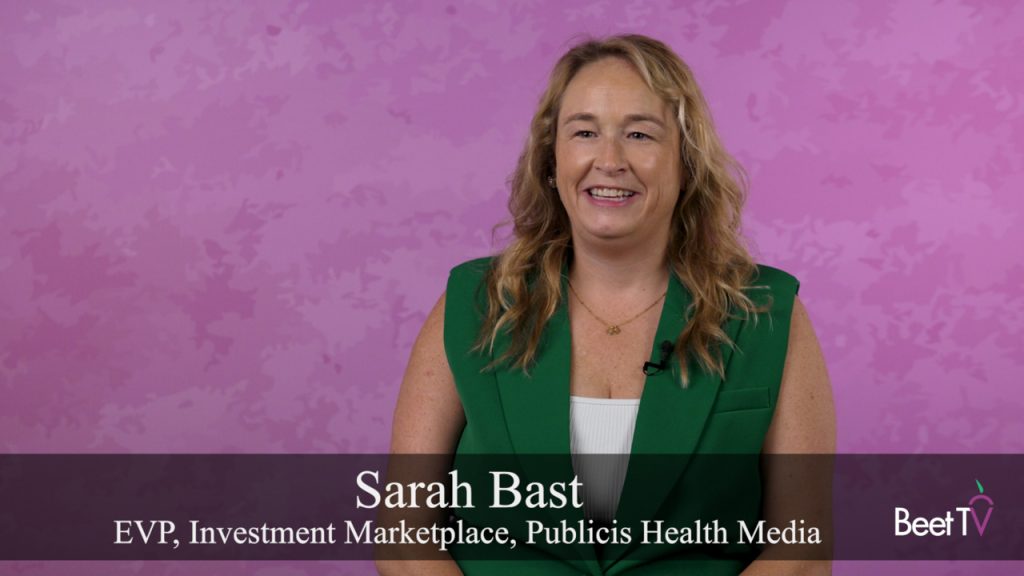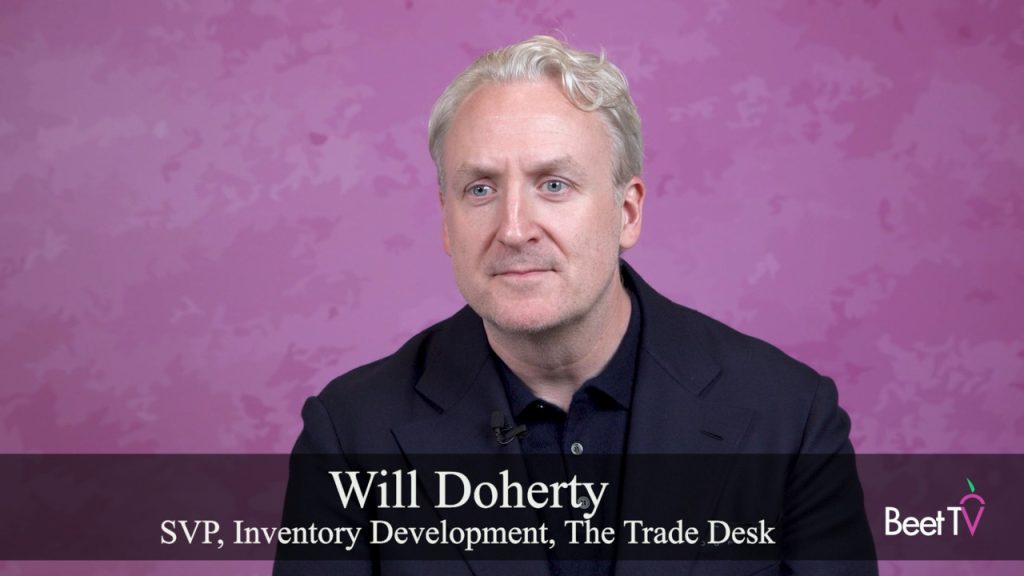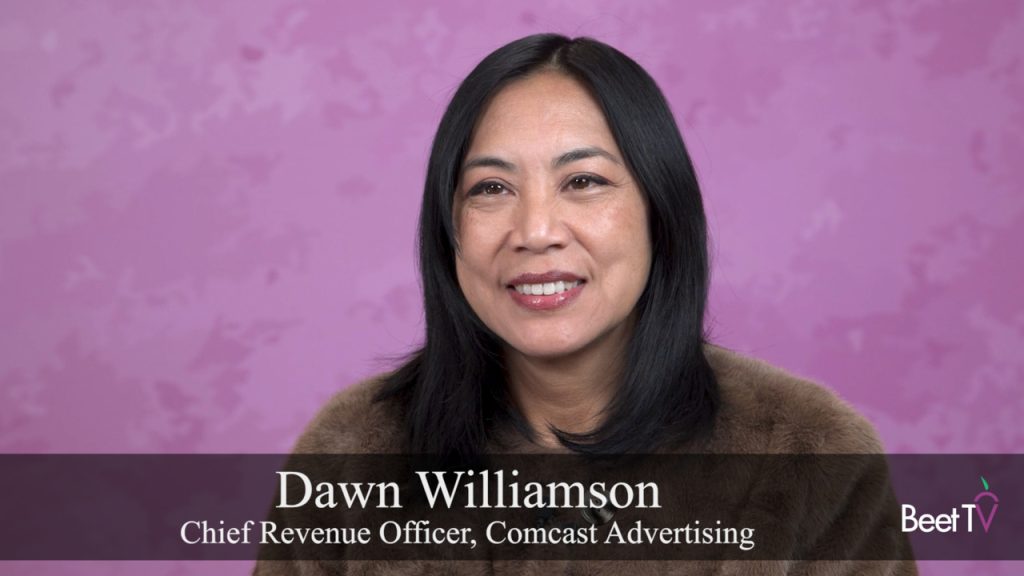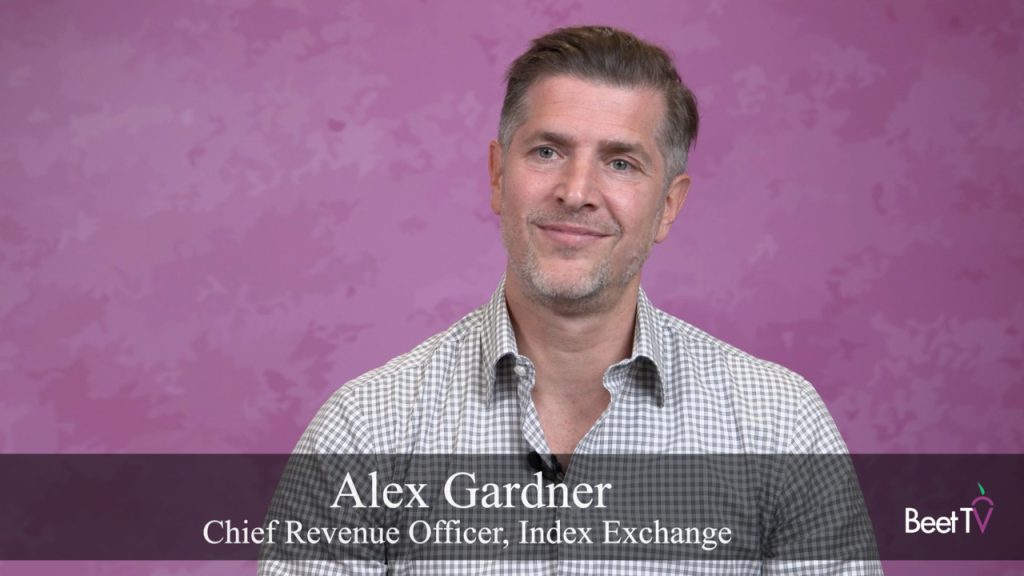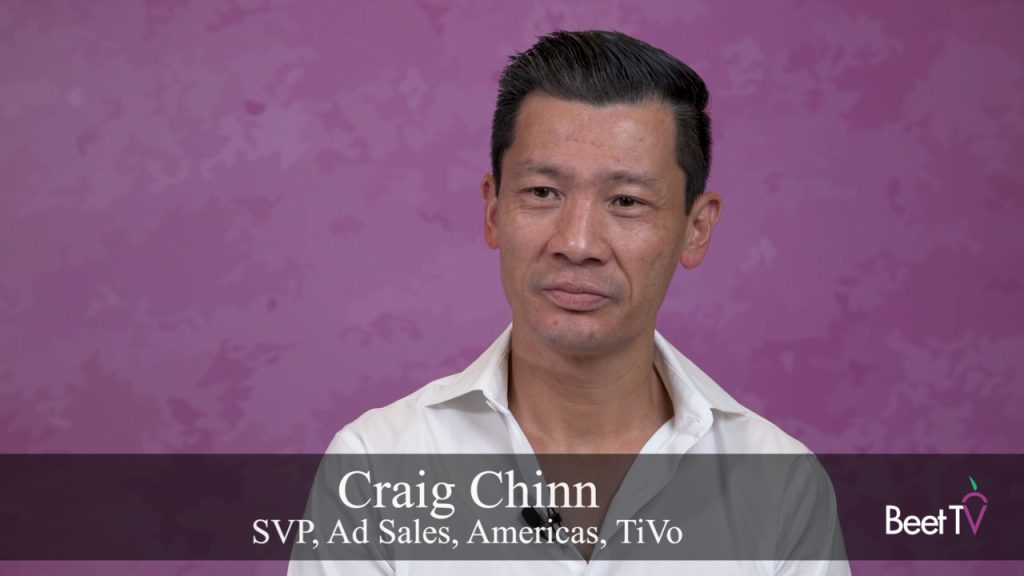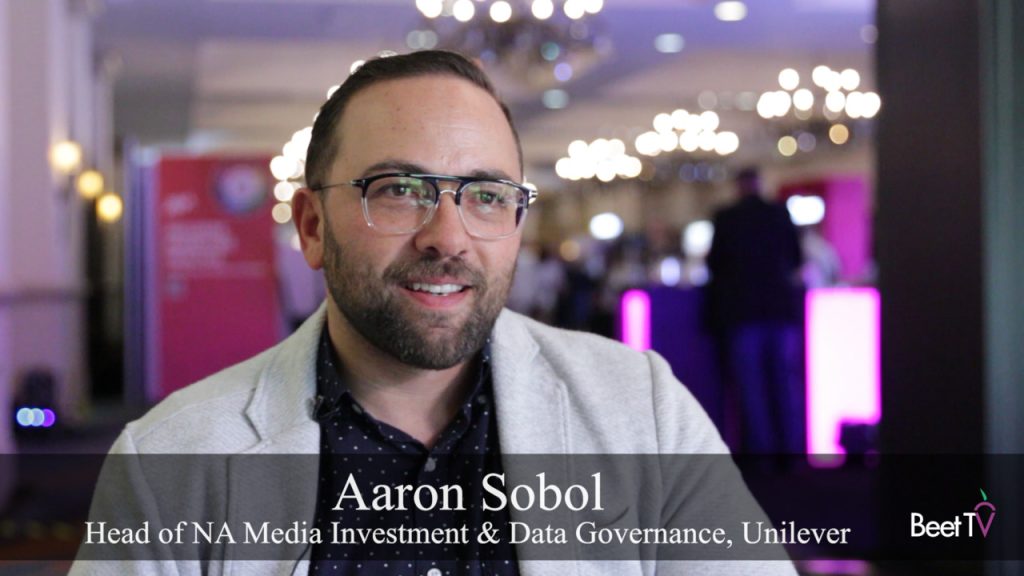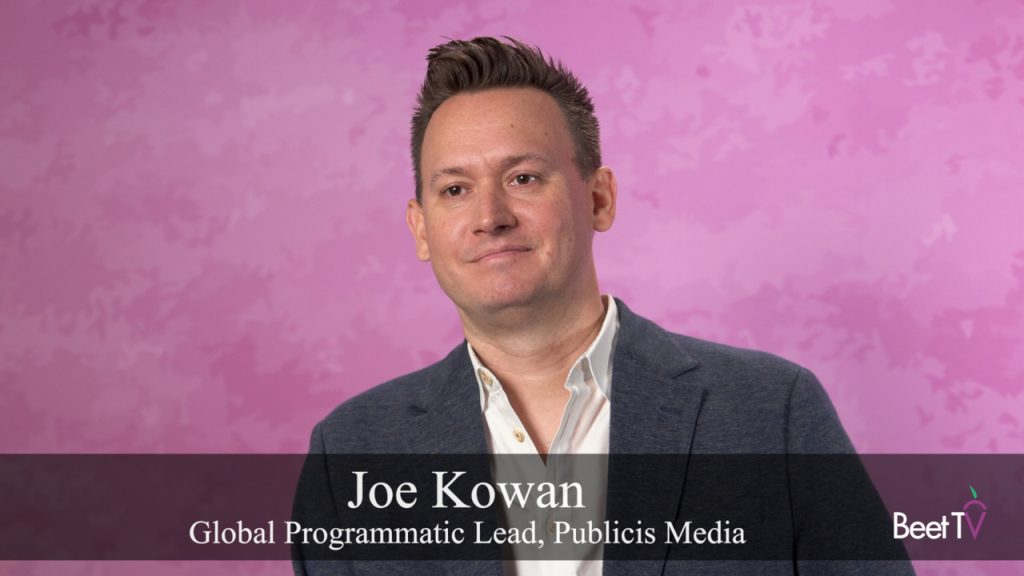Watch live streaming video from beet_tv at livestream.com
If you missed our live roundtable from Washington yesterday, you can watch when you want right here: Beet.TV Online Video Roundtable
Below is the live blogged by Daisy Whitney. AP
5:24: Bye Beet.TV viewers! We’re signing off on live blogging, but you can keep watching!
5:23: Some of the most successful shows on TV are former radio shows. Glenn Beck, Rachel Maddow. Talk, personality, personalization.
5:19: NPR says when it started video, the focus was what is our brand and how do we get there with video? What new forms of video will be down the road?
5:17: Slate says the key is finding the authentic web voice for video. You have to get away from old ways of thinking about things.
5:15: Most popular weekly podcast is This American Life, which has very high production values.
5:11: As screen sizes shrink, there are increased expectations of being able to customize and personalize experience, YouTube says.
5:09: But cameras are improving, production values are improving. Great imagery is still powerful.
5:08: Discovery News exec says one of his favorite shows is on UVA sports. Low production value, but he loves the content and it’s the only show with the highlights.
5:04: Andy wants to talk about iPhone and video and mobile consumption.
5:04: Youth does not differentiate between news sources. They watch everything on their Mac.
5:03: Production values is not as important in getting the content out to the community, says Livestream.
4:56: CBS News is live streaming many places online. Does live show on Saturdays. After on air show they come to green room then do live web stream. Had 100K people watching a few weeks ago because there is an ecosystem and the guest talks about it online.
4:53: Max at Livestream said lots of people weren’t focused on long form or live for long time. Now session time upwards of 20 minutes. Most views are live. What’s driving growth of live is hear it first, interact in real time web.
4:52: Interactive video, incorporating video into graphics, lean forward. These areas will be tested.
4:47: The Economist says the question is what is right proportion of lean forward and lean back content. The show Tea With the Economist does well on iTunes. Maybe that is better market, lean back, to get on Apple TVs and Tivos. etc
4:46: The drop off rate for any YouTube video is very high in first 5-10 seconds. You can lose people quickly. The first 10-15 seconds are critical.
4:44: YouTube says pre-roll experiment still very early on the site. Partners are trying 10-second pre-roll, 30-second post-roll. We will get more feedback on where they drop on and off soon.
4:42: Andy asks should you use watermark, graphics all the time?
4:41: With Brightcove newest release, you can embed directly in Facebook but they don’t allow monetization so you don’t want everything there. You need to have strategy for what goes to Facebook, YouTube, your own site.
4:39: Discovery News says you need to syndicate far beyond your own site. People won’t come to your front door. You have to go where they are. Majority of traffic is via referral and syndication.
4:38: MSNBC lets users make sub comments, segment out sections of video.
4:36 Video consumption on social sites nearly double in last several months, MSNBC said.
4:34: Livetsream CEO said referrals from Twitter growing. Important step is making video consumable on social networks. Has launched live subtitle services for premium customers.
4:32: Brightcove says headline is often thumbnail, so selecting the right thumbnail is key.
4:30: You also want your video to show up high in your own search on your site, says Brightcove.
4:29: On YouTube traffic is generated by a link and then related videos and search. The key is as detailed metadata as possible.
4:27: Brightcove says what’s important is to get video deeply embedded on site and out of video ghettos. Search engines like video embedded across site.
4:27: Andy asks how to get great content discovered and found?
4:24: Miguel at Discovery News says Web video is a niche business, a volume business. You need lots of videos to generate the views meaningful to advertisers.
4:21: Obama strategist says the campaign was good at speaking to different communities and producing videos for them. Video has changed how we communicate. It’s not about high view counts but who you reach. It could be 1000 people that is a game changer for a place.
4:20: You need a citizen strategy because they are going to be there at the tsunami when you can’t.
4:18: Direct to people messaging. That’s what politicians can use YouTube and Twitter for. Will.i.am video could not have happened during Dean campaign. People are losing trust in mainstream media, corporations. They trust their peers.
4:17: Andy says let’s talk about politics and white house and how they use new sources.
4:16 Brightcove says it’s like taking editorial requests directly to people rather than reporter as filter all the time.
4:15: Brightcove says you need a strategy for how to use citizen journalism
4:14: Verification can be hard, but you learn to source and check them.
4:13: Washington Post says what changes when 6 billion people around the world have a camera phone? That has to change what we put on Web.
4:12: Citizen reporting has played large role in many big events.
4:09: Goal with YouTube Direct was to give ability back to news organization to fact check source material, have access to user.
4:08: YouTube says local news is a huge opportunity, such as its News Near You feature. Click through rates are 5-10%, much higher on other areas of site.
4:07: Washington Post says the challenge is how to vet citizen material. With Iran protest, they weren’t certain they could use all of it put it up with faith. But lots of growth with local.
4:06: Andy says he is skeptical of mainstream media using user-gen video of enduring interest and advertiser against.
4:05: NPR says YouTube Direct is another way to connect with the audience. Like the equivalent of calling in, sending letters. People want new ways to connect. We will see what platform can do and grow with it.
4:04: Idea of YouTube Direct is a tool for news organizations to take upload functionality of YouTube and embed into their sites. It’s a virtual assignment desk.
4:03 ET YouTube talks about everyday citizens capturing news events and uploading to YouTube. That phenomenon is growing.
4:02 ET Let’s start the conversation with YouTube Direct. Now integrated into Washington Post and others.
4:01 ET: Expanding distribution of Beet.TV through NBC Local, HuffPo, and others.
4:00 ET: Andy thanks Jeff Whatcott at Brightcove for sponsoring the event.
3:57 ET: Hi! We’re about to start live blogging the event! Andy is setting up and introducing the crew.







